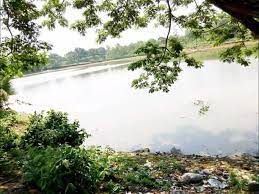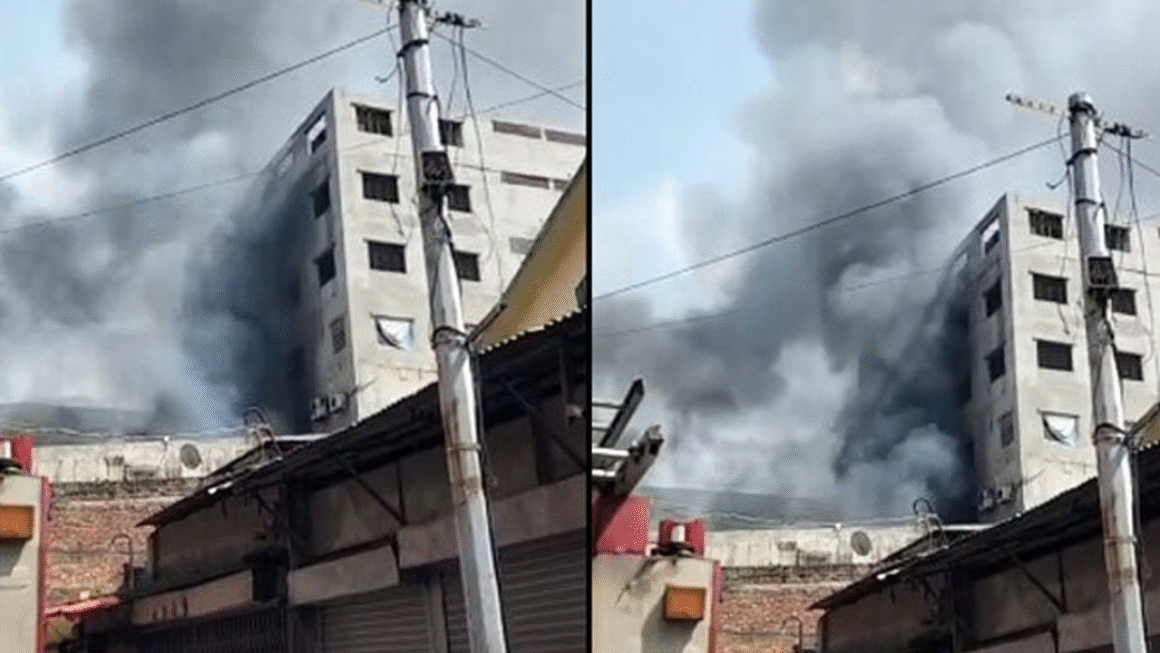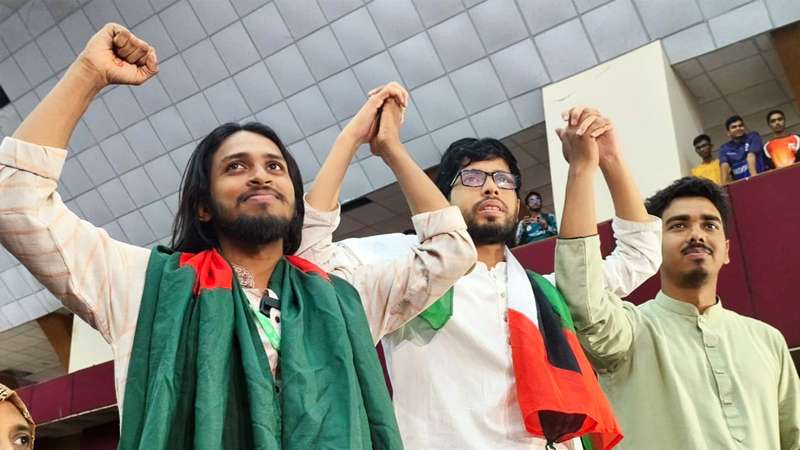 Introduction-
Introduction-
Gazipur is known for its vibrant mix of industrial hubs, historical landmarks, and natural beauty. Among its hidden gems is Kopalesshor in Gazipur, a site that combines spirituality, community, history, and education in a singular location. This blog delves deep into the significance of the Kopalesshor Temple, Kopalesshor Dighi, Kopalesshor Market, and Kopalesshor School, providing a complete picture of this rich cultural locale.
Kopalesshor Temple: A Symbol of Spiritual Heritage-
The Kopalesshor Temple is one of the most revered sites in the region. Nestled amidst lush greenery, this temple is believed to be centuries old and stands as a symbol of faith and tradition. Devotees from all over Gazipur and beyond come here to offer prayers, especially during religious festivals like Durga Puja and Shivratri.
Architectural Significance:
- The temple is built in the traditional Bangla style with terracotta ornamentation.
- The sanctum holds a Shivling believed to be self-manifested.
- Local folklore suggests the temple was established by a zamindar named Kopalesshor who was a devout follower of Lord Shiva.
Cultural Importance:
- Annual religious festivals bring together people of all communities.
- The temple premises also serve as a venue for local cultural events and gatherings.
Kopalesshor Dighi: A Reservoir of History and Calm-
Adjacent to the temple lies the serene Kopalesshor Dighi, a large man-made pond that adds to the spiritual and natural ambiance of the area. This dighi is not only a water source but also a part of local lore and a point of community gathering.
Historical Background:
- It was reportedly excavated during the same time the temple was constructed.
- Used for ritual bathing and daily water needs by locals for generations.
Present Day Usage:
- Still used for bathing, washing, and sometimes irrigation.
- Surrounded by benches and trees, making it a popular place for relaxation.
Kopalesshor School: Educating the Future-
The Kopalesshor School stands as a beacon of knowledge in the region. Established to educate children of nearby villages, it plays a vital role in uplifting the socio-economic status of the community.
Features of the School:
- Offers classes from primary to secondary level.
- Hosts annual sports and cultural events.
- Alumni have gone on to work in prestigious positions in Gazipur and Dhaka.
Impact:
- Increased literacy rates in the area.
- Strong community involvement and local pride.
Kopalesshor Market: The Economic Lifeline-
A trip to Kopalesshor in Gazipur would be incomplete without exploring the Kopalesshor Market. This bustling hub of activity showcases the economic pulse of the region.
Market Features:
- Open daily with peak crowds on market days (Tuesdays and Fridays).
- Products range from vegetables, fish, and grains to clothing and electronics.
- Small tea stalls and eateries add to the local flavor.
Significance:
- Main source of income for many families.
- Brings together buyers and sellers from surrounding villages.
Community and Cultural Life-
The synergy between the temple, dighi, school, and market forms the backbone of Kopalesshor in Gazipur. The area is not just a group of landmarks, but a thriving, interconnected community.
Festivals and Events:
- Religious holidays are celebrated with processions, fairs, and food stalls.
- Educational events at the school often involve the entire community.
- The market and temple work together during festive seasons to host thousands of visitors.
Local Involvement:
- Community members often volunteer to maintain the temple and dighi.
- School alumni contribute resources for better facilities.
Tourism Potential-
With its mix of spirituality, history, commerce, and education, Kopalesshor in Gazipur holds immense tourism potential. If properly promoted, it could be developed as a heritage site attracting local and foreign visitors.
Suggestions for Development:
- Improved signage and information boards.
- Cleanliness drives around the dighi and temple.
- Cultural programs for tourists.
Conclusion-
Kopalesshor in Gazipur is more than just a geographical location; it is a tapestry woven with threads of faith, education, economy, and history. From the sacred chants at the temple to the lively chatter of the market and the quiet learning in schoolrooms, each element contributes to the vibrant identity of the area. Whether you’re a traveler, historian, or local resident, Kopalesshor offers a window into the heart of Gazipur’s cultural soul.
FAQs about Kopalesshor in Gazipur-
Q1: Where is Kopalesshor located in Gazipur?
A1: Kopalesshor is located in a rural yet culturally rich part of Gazipur district, accessible by local transport from the city center.
Q2: What is the historical importance of Kopalesshor Temple?
A2: The temple is believed to be centuries old and was established by a local zamindar devoted to Lord Shiva.
Q3: Is the Kopalesshor Dighi open to visitors?
A3: Yes, the dighi is open to the public and serves both spiritual and recreational purposes.
Q4: What can I buy from Kopalesshor Market?
A4: Everything from fresh produce to household goods and clothes.
Q5: Can tourists visit the school or temple?
A5: Yes, respectful visitors are welcomed, especially during community events.












